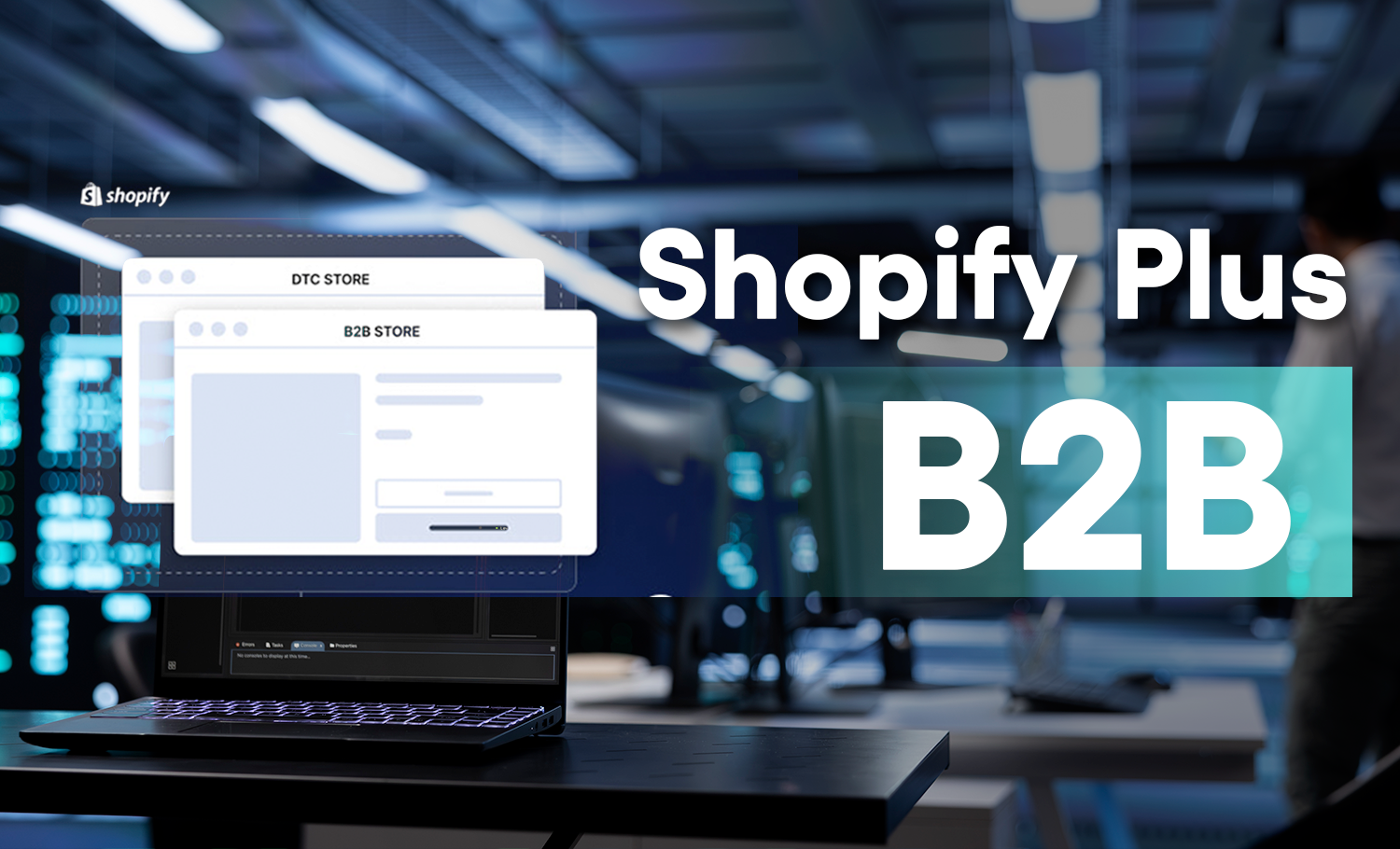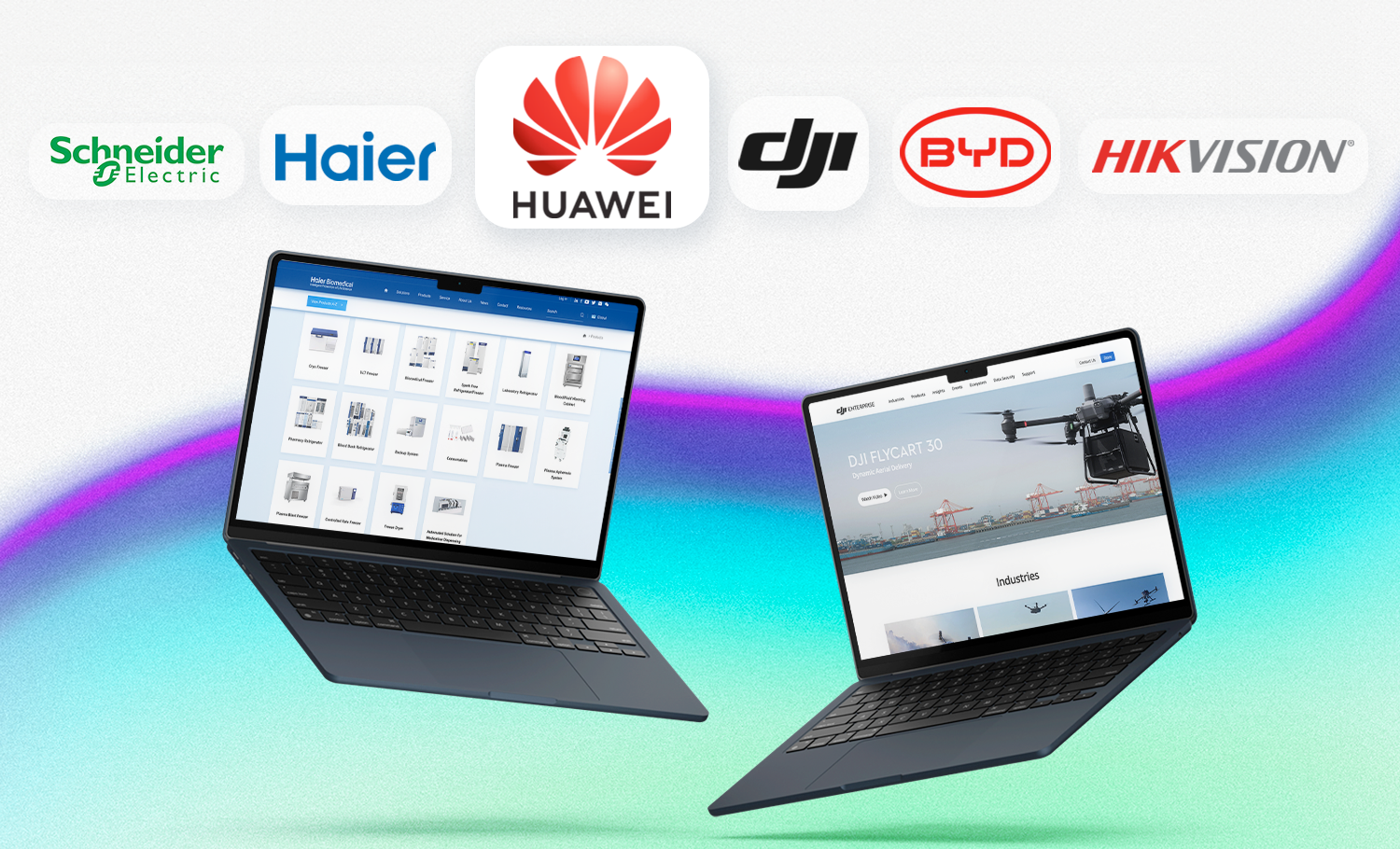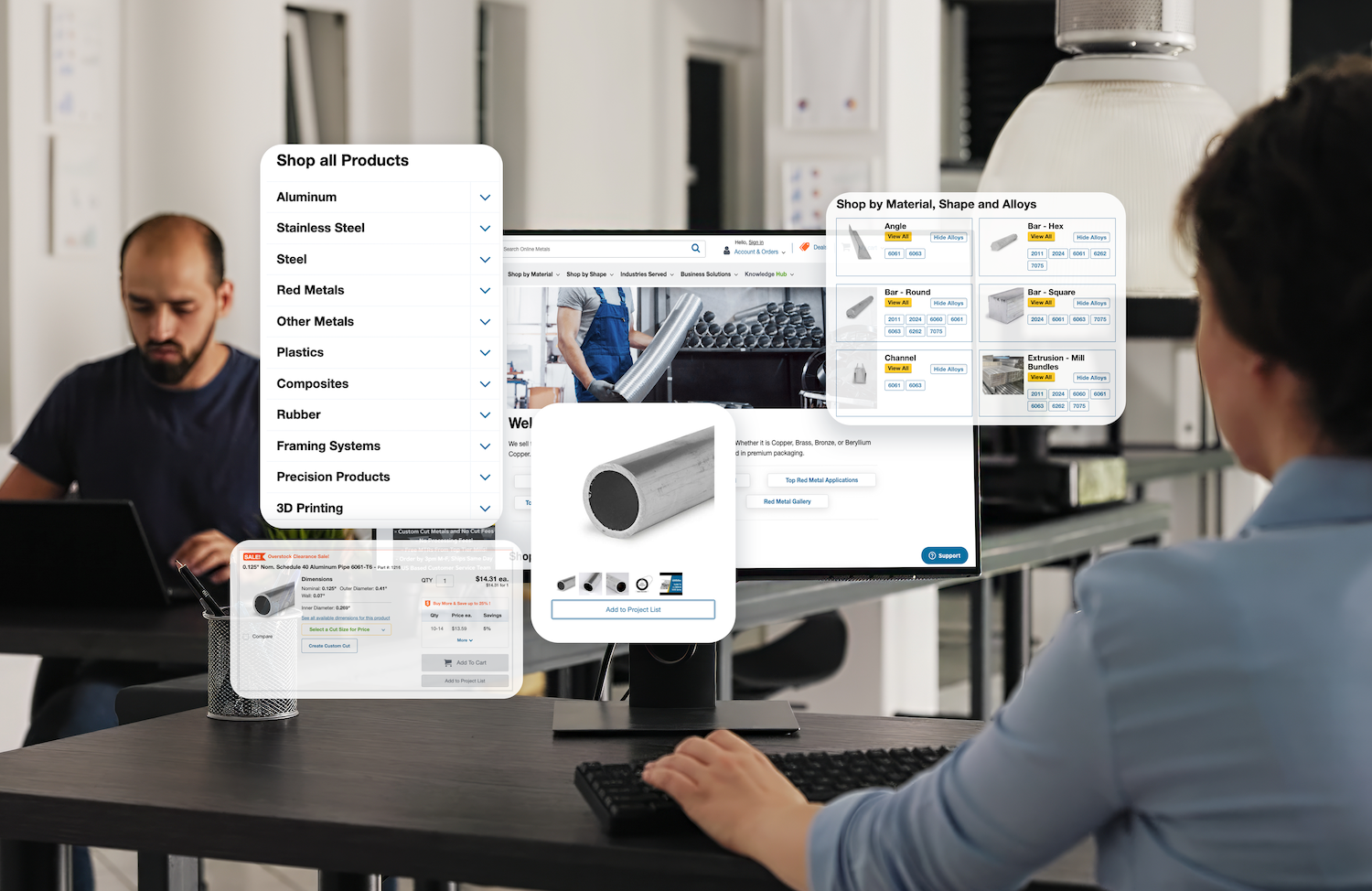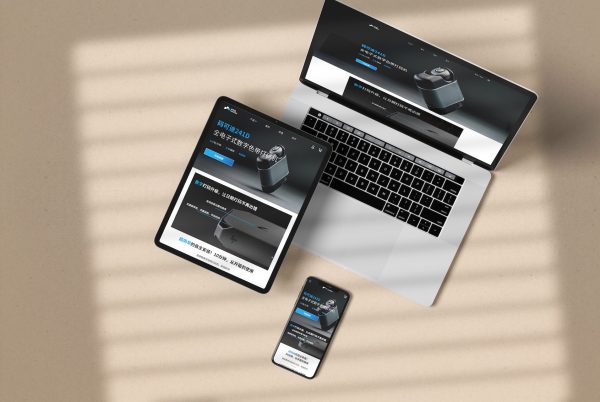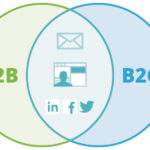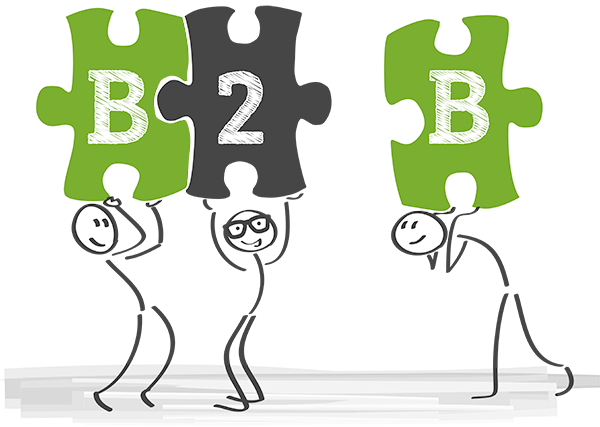
B-to-big-B and b-to-small-B (B2b) eCommerce are both crucial to the digital transformation of traditional manufacturing companies. B2b eCommerce features at the early stages of the transformation process, suitable for starting small with lower volume clients and pushing manufacturers towards process automation and standardization; B2B, meanwhile, is a constant once transformation has been achieved, enabling manufacturers to keep a closer eye on maintaining key accounts, realize more complex online sales functions, more carefully manage user relationships, and provide a more personalized ordering experience.
What Are the Differences Between B2B and B2b eCommerce?
Payment
B2B needs to support complex payment modes such as public-to-public transfer and credit payment (for example, in accordance with an agreed-upon framework). Additionally, B2B needs to support advanced functions such as account period, deposits, and tail tracking.
B2b’s priorities are set more squarely on fast and convenient payment methods, which usually means card payment or online banking, but is increasingly growing to include eWallets (in China, eWallets such as WeChat and Alipay are already king). While such methods can often run into maximum per-transaction payment limits, these are less limiting for B2b than they would be for B2B, as quantities tend to be lower and purchases are often sporadic or periodic rather than in vast volume all at once.
Pricing and Product Display
As has been touched upon in a previous article, there are many ways to approach pricing when it comes to B2B. For both B2B and B2b eCommerce, displaying pricing after landing is the most common strategy. The only real difference is that B2B requires more personalized, complex pricing and product presentation experiences, such as:
- Personalized catalog and price-display based on the specifics of customer accounts
- Set responsibilities according to the customer’s organizational structure (such as commissioners selecting products, managers approving them, and directors completing payment)
- Quotation request function
- Complicated price-tiering
- Seller-side checking function to review quotations before they are sent

Logistics
Real-time tracking and updating of logistics status is very important to both the B2B and B2b user experience.
In addition, for B2B it is advisable to include the distributor in the logistics integration planning process, namely allowing the distributor to order (thereby strengthening the company’s control over the distributor) and to be assigned inventory (meaning the distributor then fulfills the order) to achieve more channel storage, reducing storage and therefore logistics costs.
Finally, B2B eCommerce also benefits from more advanced logistics functions such as split orders, batch delivery, and multi-address receipt.
Desktop and Mobile
Both B2B and B2b buyers show a preference for mobile, and so mobile optimization is a must. However, for B2b this preference is especially strong, due to its focus on standardized products. B2b buyers therefore strongly prefer mobile-based ordering functionality, quick-buy/instant ordering, rapid payment methods, and the option to set up periodic orders.
Self-service or Customer Service
Rapid self-service orders that require no manual sales intervention are especially suited to B2b eCommerce, where the focus is the sale of standardized products and the expectation is a quick and hassle-free user experience from browsing to check-out. Therefore, company salespeople should be assigned to look after bigger or key accounts, to more valuably spend their time.
How Brands See B2B/B2b eCommerce Development
In interviews with TMO, numerous brands stated a belief that B2B/B2b eCommerce websites are important digital assets and a fundamental part of the digital transformation of enterprises. The specific advantages they listed are:
- Reducing traditional sales costs and streamlining company staff structure
- Achieving 24/7 sales ability through automation and digitization
- Expanding the offline sales margin
- Keeping up with the evolving work habits of contemporary users
- Enabling deeper user data analysis (who they are, where they are, what they like to buy, etc)
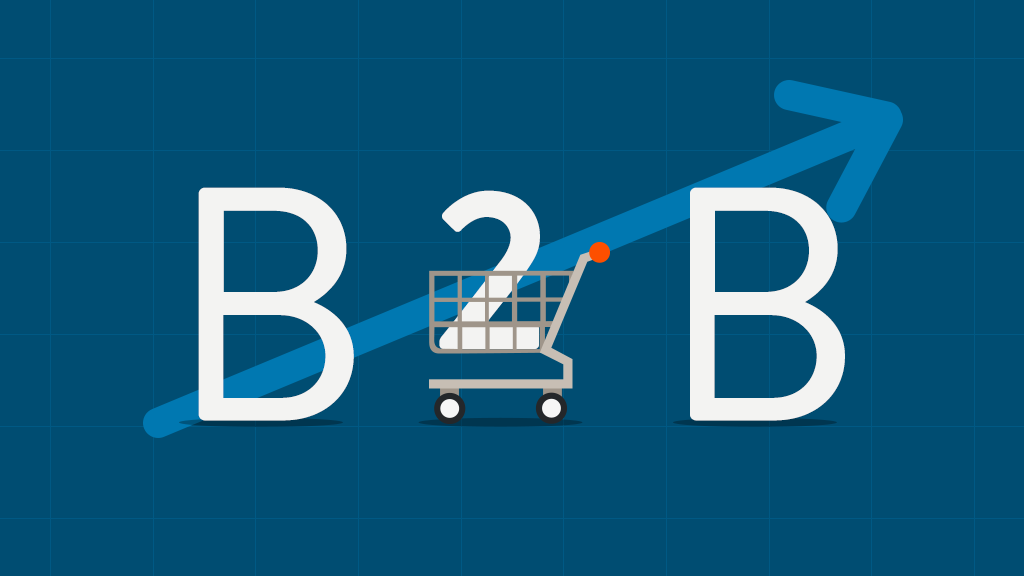
Meanwhile, brands that haven’t yet but are preparing to deploy their own B2B/B2c eCommerce websites had the following concerns:
- Can my website be profitable?
- Can my website be effectively promoted?
- What is the cost of B2B/B2b eCommerce development? How long is the implementation cycle?
- Where do I start when it comes to B2B/B2b’s complex functions, and what features are must-haves?
How to Curb the Costs of Sustainable B2B/B2b eCommerce Development?
The above question we heard from brands is also why TMO recommends the following steps to keep costs under control:
- Utilizing the B2b as the minimum viable product (MVP) for initial testing, while continually and agilely revising the site’s business logic
- Keeping the B2b website launch within the typical deployment timeframe of 2-6 months
- Adding new features to transition the B2b model to being able to serve B2B buyers, meeting their more complex needs and expectations through function expansion
Future Applications and Prospects for B2B eCommerce
Omnichannel and O2O
In addition to traditional SEM/SEO/EDM/SMS/social media channels, a B2B/B2b website can be used as a convenient brochure for your business to help with lead generation or informing and upselling customers, by allowing them to directly move from product information to adding these products to their wishlists or shopping carts.
Distributor Management
With B2B/B2b eCommerce, you can have distributors place orders on your website through self-service mechanisms without ever needing to talk to a sales representative. This massively reduces costs, and allows you to run an efficient and functional operation without hiring a huge team to manage distributors spread across the country or the globe.
Often, B2B sellers see their relationship with distributors as something of a love/hate relationship - sellers need distributors to help them penetrate the market, but can be reluctant to give up direct sales power to middle-men. Therefore, enterprises may wish to adopt a geographic policy of tightening control and relying less on distributors when it comes to major established regions, while relying on them more for lesser developed regions like smaller cities or remote areas.
Of course, optimizing B2B eCommerce success is also tied to the basic functions and capabilities of the website itself, from user experience optimization and data integration to data-derived insights and analysis.


